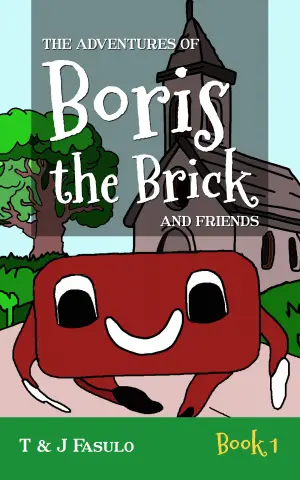
02 May Book Review of Outlining Your Novel: Map Your Way to Success
Navigating the Creative Journey: A Review of Outlining Your Novel: Map Your Way to Success
When I first stumbled upon K.M. Weiland’s Outlining Your Novel: Map Your Way to Success, I felt a spark of intrigue. As someone who has “pantsed” my way through my debut novel—shaping the narrative through pure instinct and a sprinkle of chaos—I was curious to see how outlining could inform my writing process without stifling my creativity. Weiland’s reputation as a guiding light for writers promised insights that could bridge the chasm between spontaneity and structure.
Weiland’s book doesn’t just present outlining as a tool; it invites writers to explore it as a flexible roadmap, allowing the narrative’s natural evolution to play out without the constraints of rigid formulas. This was a comforting revelation for someone like me, a right-brained writer who often flirts with serendipity rather than strict adherence to process. What struck me most was how Weiland acknowledges that each manuscript has its own spirit and, therefore, its own needs. This sentiment resonated deeply, calming my fears about structure being synonymous with creativity suffocation.
While reading, I found myself reflecting on my own writing journey, especially those moments when my story took a nosedive, veering off-course, leaving me floundering in a sea of plot holes and murky conflicts. As a teacher, I’ve witnessed the same struggles among my students. Weiland’s discussion about the value of outlining served as a beacon for my own creative practices, giving me the tools to address weaknesses I’ve observed in my writing and that of my students.
Her style is approachable and warm, with a rhythm that makes the advice feel less like a prescriptive mandate and more like a friendly chat over coffee. The way she delineates various outlining methods—like Michael Hague’s Three Act Structure—allowed me to hear those creative gears clicking into place, shedding light on my ongoing projects. As a blend of theory and practical advice, this book is a treasure trove for anyone eager to inject some organization into their creative urges.
One especially memorable line read: “The best outlines are those that allow the writer to explore and discover while providing a solid direction.” It beautifully encapsulates what I believe we all strive for: a balance between guidance and freedom in storytelling. This philosophy lingered with me, reinforcing that outlining doesn’t have to be a straightjacket but rather a framework that supports my chaotic creative tendencies.
I came away from Outlining Your Novel invigorated, eager to share what I learned with my writing group. I’m genuinely excited for our next meeting and the chance to witness firsthand how each member’s outline will evolve. This book is not just for those who see themselves as "outliners"; I’d argue it’s especially worthy for the die-hard pantsers. If you find yourself longing for a little more direction without sacrificing your creative identity, Weiland’s insights are a transformative read.
In conclusion, whether you’re new to writing or a seasoned author, Outlining Your Novel: Map Your Way to Success can provide valuable tools to enrich your creative process. If you’re ready to explore how structure can enhance your storytelling while still allowing for the magic of discovery, this book may just be the perfect companion on your journey.
Discover more about Outlining Your Novel: Map Your Way to Success on GoodReads >>









